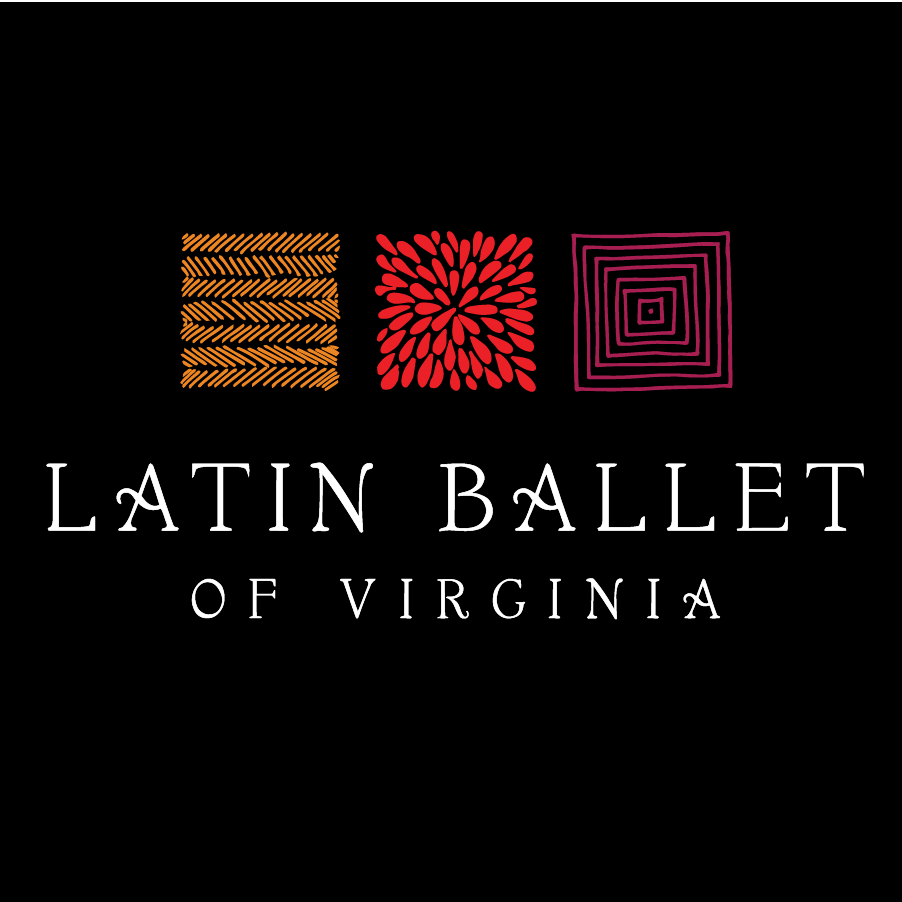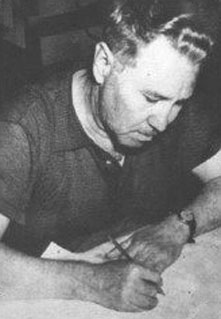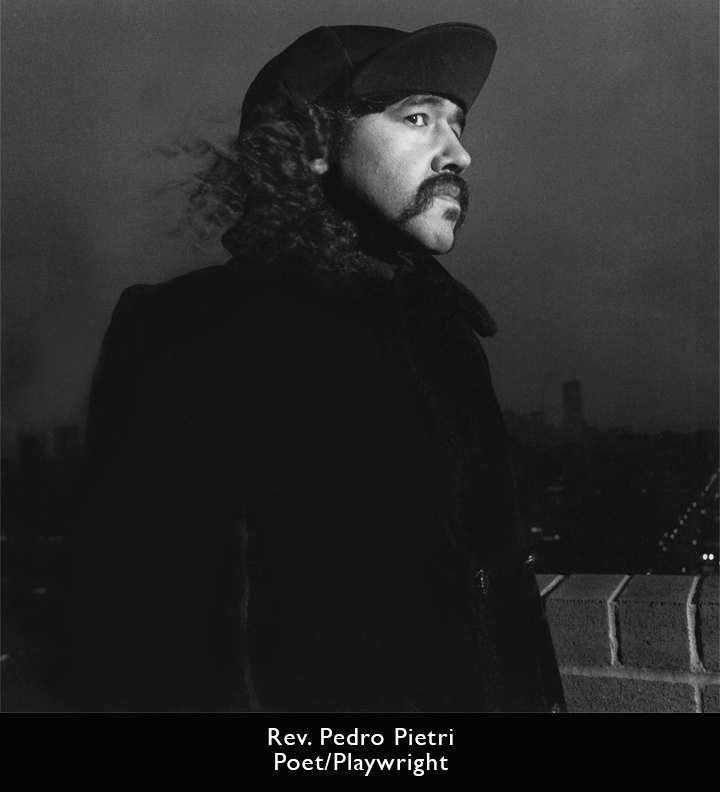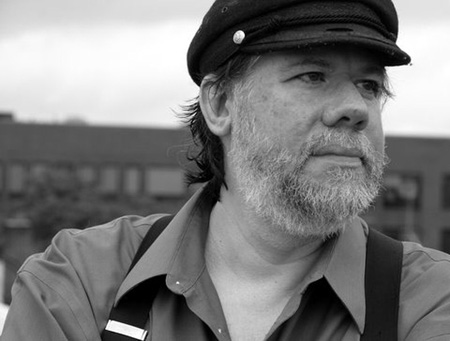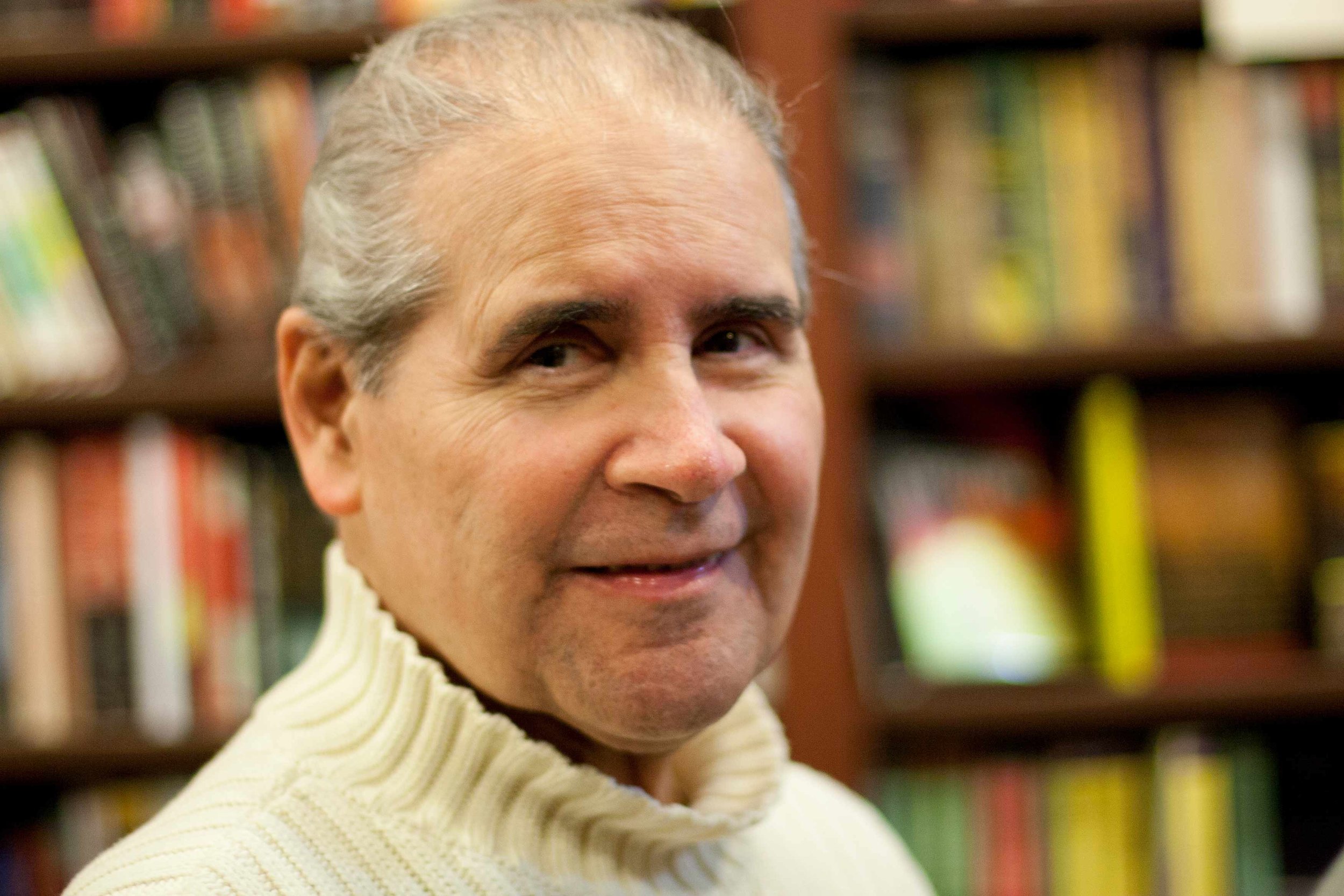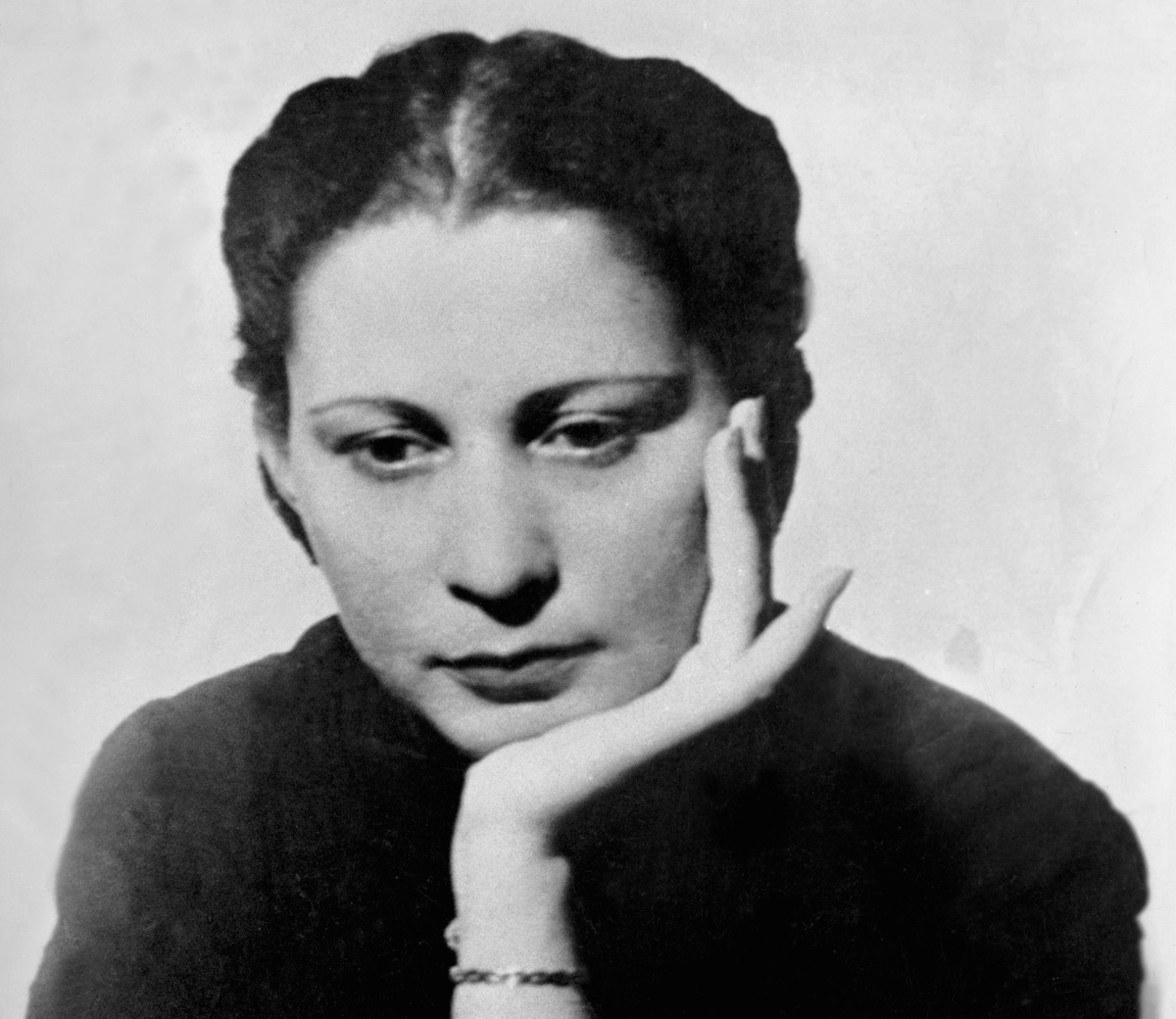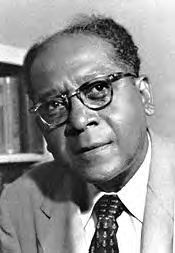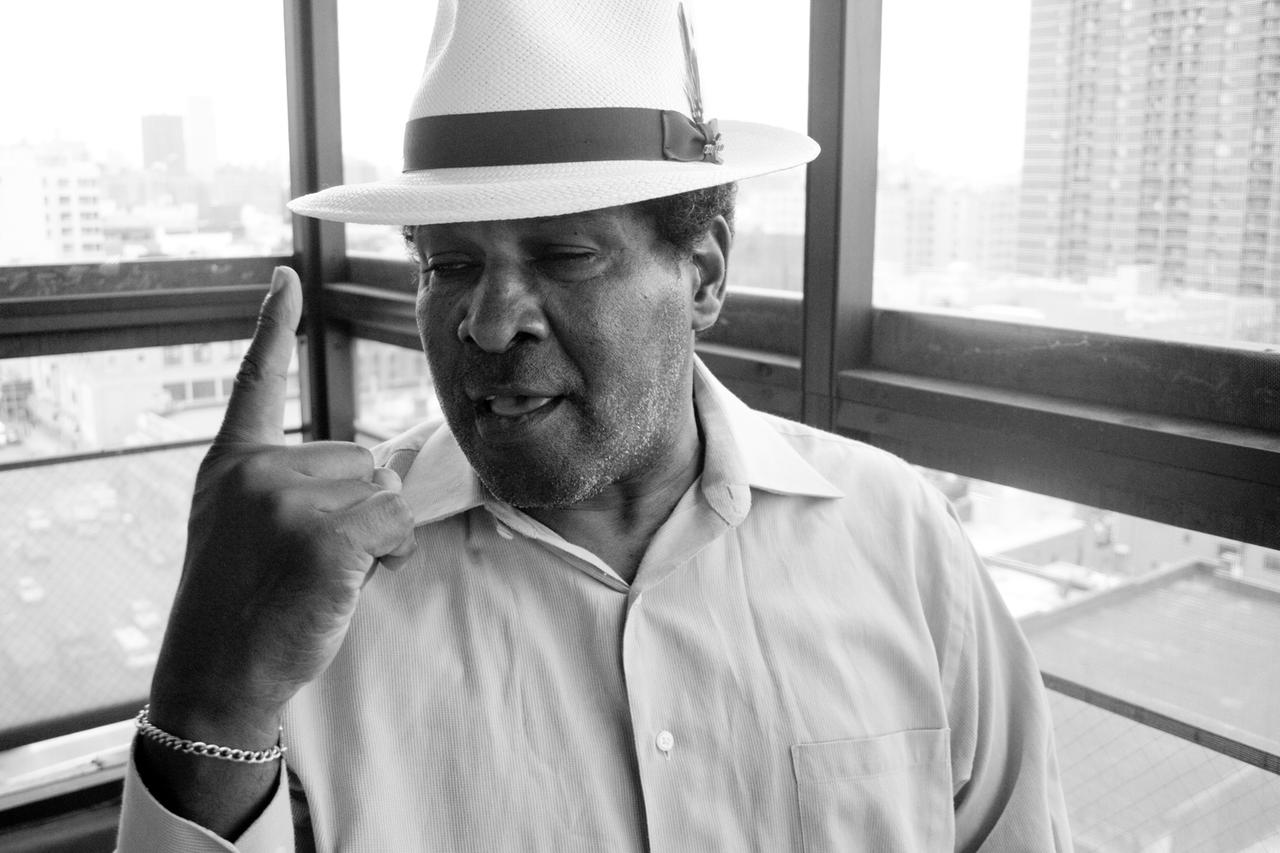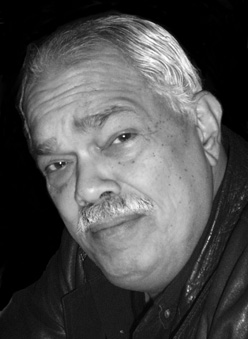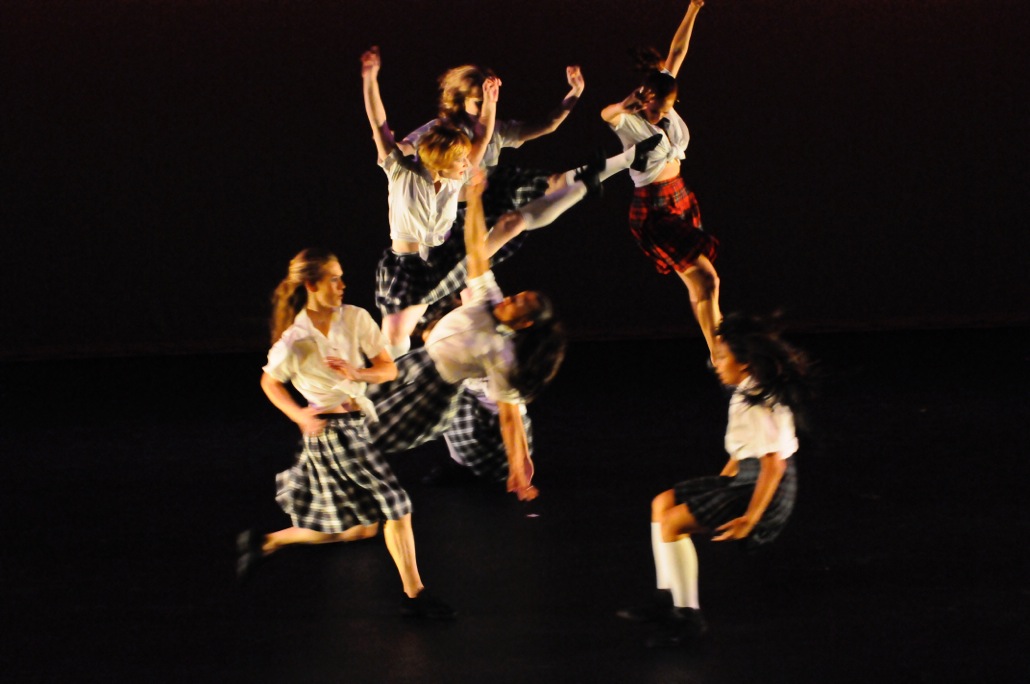Press for NuYoRican
Gracias Julia!
Special Thanks to Julia Torres Barden, award-winning Journalist and Author of "Newyorican Girl...Surviving my Spanglish Life", and inspiration for the production “NuYoRican”.
Most of the stories portrayed in “NuYoRican” are based on the interviews of Julia Torres Barden given by Artistic Director, Ana Ines King in 2003 when the production premiered. The scenes were created based on Julia’s stories of her family and friends migrating to the US during the time of the protectorate, and historical facts of Puerto Rican culture.
NuYoRican Study Guides
“NuYoRican” portrays the true stories of thousands of migrants to the United States and their triumph as they faced discrimination, assimilation, and political stigma upon their arrival after World War II.
It tells the story of the cultural shock they experienced due to the enormous changes that followed from Puerto Rico after being declared a U.S. protectorate. From the post-war era until the 1960s, Puerto Ricans migrated to the mainland in a steady stream, in search of jobs and better living conditions.
“NuYoRican”, depicts the everyday hardships of their frustrations with relationships and love, the sadness and difficulties they faced adapting to a different culture, and their feelings of being strangers in strange land.
Through historical facts and true stories “NuYoRican” expresses the deepest love of the Puerto Rican people towards its patria. The production also captures the essence of the Puerto Ricans’ Spanish and African roots with dances like La Plena y La Bomba, as well as Mambos, Salsas, Latin Jazz and Reggaeton.
Historical facts
The Nuyorican moniker was created with the combination of the words "New York" and "Puerto Rico" and refers to the members and culture of the Puerto Rican diaspora located in New York. The term is also used by Boricuas (Puerto Ricans from Puerto Rico) to differentiate those of Puerto Rican descent from the ones born in Puerto Rico.
Many Nuyoricans are second- and third-generation Puerto Rican-Americans whose parents or grandparents arrived in New York during the Gran Migración (Great Migration). Puerto Ricans began to arrive in New York City in the 19th century, particularly following the enactment of the Jones-Shafroth Act on March 2, 1917, signed by Woodrow Wilson. This granted U.S. citizenship to anyone born in Puerto Rico on or after April 25, 1898. The Gran Migración accelerated migration from Puerto Rico to New York during the 1940s and 1950s, but such large-scale emigration began to slow by the late 1960s due to the height in population.
Historically, Nuyoricans resided in the predominantly Hispanic/Latino section of Manhattan known as Spanish Harlem, but later spread to Brooklyn, Queens and the Bronx. Today, there are fewer island-born Puerto Ricans than mainland-born Puerto Ricans in New York City.
The Nuyorican movement started with the founding of Nuyorican Poets Café with co-funders, Miguel Piñero and Pedro Pietri. It is a non-profit organization that was founded in 1973 in Manhattan and has become a forum for poetry, visual arts, music, comedy, theatre, video and hip hop.
The Nuyorican label is proudly used by most members of this community to identify with their history and cultural affiliation to a common ancestry while being separated from the island, both physically and through language and cultural shock. This distance created a dual identity that, while still identifying with the island, recognizes the influences of both geography and the cultural assimilation they have experienced.
When I was Puerto Rican: The Film is a modern take on a novel set in the mid-20th century. The movie tells the story of a young Puerto Rican girl (Esmeralda Santiago, called Negi in the book) who lives a life plagued by poverty and continuous adversity and turmoil. The young girl could be any person of any nationality, race or ethnicity. This film strives to show how any person in the world could experience the same trials and adventures as Esmeralda Santiago. Screenwriters worked closely with Santiago, to compose a way to tell her story that would convey the contents of the novel most accurately to a wide audience. This movie appeals to a wide range of audiences, not just the Puerto Rican community.
When I was Puerto Rican: The Film demonstrates, in a relatable and interesting way, three key aspects of everyday life all around the world: the influence physical geography has on life, political history, and socio-economic class.
Summary of“When I was Puerto Rican” written by Esmeralda Santiago:
Esmeralda Santiago's story begins in rural Puerto Rico, where her childhood was full of both tenderness and domestic strife, tropical sounds and sights as well as poverty. Growing up, she learned the proper way to eat a guava, the sound of tree frogs in the mango groves at night, the taste of the delectable sausage called morcilla, and the formula for ushering a dead baby's soul to heaven. As she enters school we see the clash, both hilarious and fierce, of Puerto Rican and Yankee culture.
When her mother, Mami, a force of nature, takes off to New York with her seven, soon to be eleven children, Esmeralda, the oldest, must learn new rules, a new language, and eventually take on a new identity. In this first volume of her much-praised, bestselling trilogy, Santiago brilliantly recreates the idyllic landscape and tumultuous family life of her earliest years and her tremendous journey from the barrio to Brooklyn, from translating for her mother at the welfare office to high honors at Harvard.
10 Important Nuyorican Poets and Authors
Source: Literanista
The poetry of Puerto Rican experience ranges from slams, to spoken word, to sonnets and free verse. Click on the photos for more information.
From Elizabeth Iglesias West Virginia University
Latin American Studies Association
Cuba y Puerto Rico son,
de un mismo pájaro las dos alas
reciben flores ó balas
sobre un mismo corazon ...
Qué muchos si en la ilusión
que mil tintes arrebola
sueña la musa de Lola
con ferviente fantasia
de esta tierra y de la mía
hacer una patria sola!
A Cuba (Fragmentos) Lola Rodriguez de Tió
Lola Rodriguez de Tió was a woman whose life was characterized by a profound sense of political and militant spirit (Santos Silva, 1997). The strong connection that she felt while living in Cuba was reaffirmed through the significant recognition of her verses in the writings of the 3 eminent Jose Martí. Similarly, the commonalities that I found with colleagues in Matanzas highlighted a natural connection between us; one which was easily conveyed through one Puerto Rican woman's words of struggle against oppression and her resistance for liberation.
NuYoRican
Presented by...
LATIN BALLET OF VIRGINIA
The Program
Producer/Artistic Director: Ana Ines King
Lighting Designer: Antonio Hidalgo Paz
ACT I
De Donde Vengo, (Where I Am Coming From)
Explaining the roots of Puerto Ricans, (Tribal/African/Spanish/Caribbean.)
Tengo Miedo, (I am Afraid)
After Puerto Rico was declared a U.S. protectorate. From the post-war era until the 1960s, Puerto Ricans migrated to the mainland in a steady stream, in search of jobs and better living conditions.
And we are in New York…
The busy streets of New York – while Puerto Ricans new to the country wander in shock of their new environment.
Mariposa Sin Alas (Butterfly without Wings)
Isabel, an 11 years old girl, trapped between two worlds.
La Factoria (The Factory)
Porque? (Why?)
School Was Hard Enough!
Soy de Ninguna Parte (I Am From Anywhere)
Salsa “La Tormenta”
Hasta Abuelita Baila El Mambo (Even Grand-Ma Dances the Mambo).
ACT II
PRECIOSA! (Video of Puerto Rico) Paz Pa’ Vieques (Peace for Vieques)
Vieques is the small island that hosts an American military base; natives protest for a peaceful island.
PROMESAS (Promise)
The PROMESA legislation was signed in to law by the U.S. Congress on June 30th 2016 - just one day before Puerto Rico was going to forfeit paying it’s creditors because the island’s government had gone bankrupt. The legislation provides legal relief for Puerto Rico, but forcibly establishes a “control board” that continues to treat Puerto Rico as a colony – it’s possession – through convoluted congressional laws. Puerto Rico’s residents, remain banned from voting for the President of the United States.
I wasn’t born in Puerto Rico, “pero” Puerto Rico was born in me.
Reggaeton: popular music of Puerto Rican origin that combines rap and hip hop with Caribbean rhythms. Reggaeton is characterized by rough, monotone rapping (in Spanish) and driving dancehall riddims, and it's rapidly becoming the dance music of choice for a generation of young Latinos
MI BANDERA - Nuestras Banderas (Our Flags)
Por Siempre “El Rey del Mambo” - (To the Greatest Puerto Rican, Tito Puente)
Four time Grammy award winner, Latino Ambassador of Goodwill, Doctor of Arts and Sciences, Internationally acclaimed performer - there are simply not enough words to describe Tito Puente, the greatest!
Photo Source: Soul Patrol
Other sources:
Every Child is Born a Poet – The life and work of Piri Thomas, the 75-year-old Afro-Cuban-Puerto Rican poet and author of Down These Mean Streets.
Learn More >>>
When I was Puerto Rican written by Esmeralda Santiago. A modern take on a novel set in the mid-20th century.
Learn More >>>
NuYoRican Girl...Surviving my Spanglish Life - the true stories of trauma, recovery and triumph by Julia Torres Barden.
Mi Puerto Rico
(La Verdadera Historia)
This documentary expresses the deepest love of a people towards their homeland. This is the true story of all Puerto Ricans of the past and the present.
